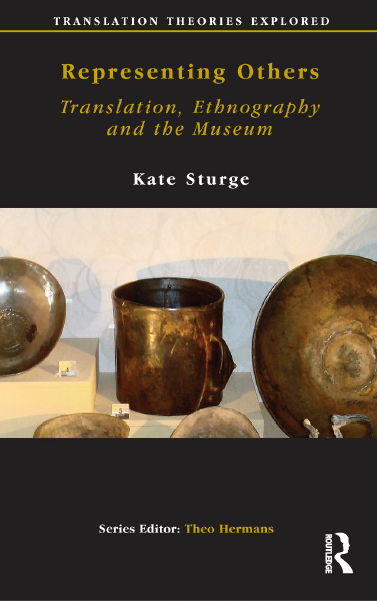

Most ebook files are in PDF format, so you can easily read them using various software such as Foxit Reader or directly on the Google Chrome browser.
Some ebook files are released by publishers in other formats such as .awz, .mobi, .epub, .fb2, etc. You may need to install specific software to read these formats on mobile/PC, such as Calibre.
Please read the tutorial at this link: https://ebookbell.com/faq
We offer FREE conversion to the popular formats you request; however, this may take some time. Therefore, right after payment, please email us, and we will try to provide the service as quickly as possible.
For some exceptional file formats or broken links (if any), please refrain from opening any disputes. Instead, email us first, and we will try to assist within a maximum of 6 hours.
EbookBell Team

4.7
26 reviewsCultural anthropology has always been dependent on translation as a textual practice, and it has often used ‘translation’ as a metaphor to describe ethnography’s processes of interpretation and cross-cultural comparison. Questions of intelligibility and representation are central to both translation studies and ethnographic writing – as are the dilemmas of cultural distance or proximity, exoticism or appropriation. Similarly, recent work in museum studies discusses problems of representation that are raised by ethnographic museums as multimedia ‘translations’. However, as yet there has been remarkably little interdisciplinary exchange: neither has translation studies kept up with the sophistication of anthropology’s investigations of meaning, representation and ‘culture’ itself, nor have anthropology and museum studies often looked to translation studies for analyses of language difference or concrete methods of tracing translation practices.
This book opens up an exciting field of study to translation scholars and suggests possible avenues of cross-disciplinary collaboration.